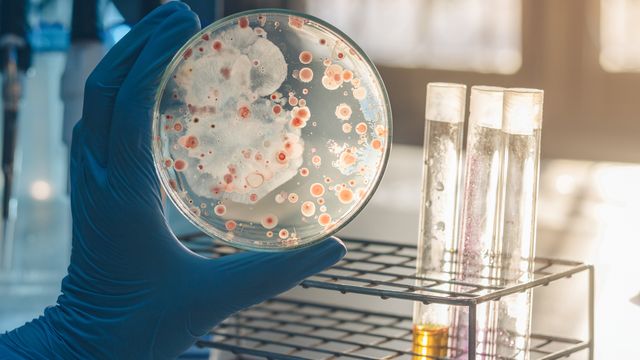Campylobacter spp. Culture Testing in Poultry
In the poultry industry, Campylobacter species are among the most common causes of foodborne illness worldwide. Campylobacter spp. culture testing is a critical step in ensuring food safety by identifying and quantifying these pathogens in raw chicken products. This service involves culturing samples from various parts of the carcass to detect the presence and concentration levels of Campylobacter spp., which can help in establishing contamination control measures and improving hygiene practices within processing facilities.
The process begins with proper specimen collection, where microbiologists follow strict protocols to avoid cross-contamination. Specimens are then inoculated onto selective media such as CampyLite or CampyCHROM plates, designed specifically for the isolation and differentiation of Campylobacter spp. Incubation conditions typically include microaerophilic environments with carbon dioxide to mimic the natural habitat of these bacteria.
The results from culture testing are essential for quality managers and compliance officers as they provide quantitative data that can be used to set thresholds for acceptable levels of contamination. This information is crucial not only in meeting regulatory requirements but also in maintaining consumer trust by ensuring product safety. For R&D engineers, this service offers insights into the effectiveness of different cleaning protocols or new antimicrobial interventions.
Given the importance of accurate and reliable testing methods, adherence to international standards ensures consistency across laboratories and countries. The American Public Health Association (APHA) and the U.S. Department of Agriculture (USDA) have established guidelines for this type of testing, which are essential in maintaining robust quality control measures.
One notable application involves tracking the effectiveness of hygiene interventions after implementation at processing plants. By comparing pre- and post-intervention test results, companies can determine if their efforts have been successful in reducing contamination levels. Another use case includes auditing third-party suppliers to ensure they meet stringent standards before integrating them into supply chains.
In conclusion, Campylobacter spp. culture testing plays a pivotal role in safeguarding public health by identifying and managing potential sources of foodborne illness originating from poultry products. Through rigorous adherence to internationally recognized protocols and continuous improvement strategies, laboratories can contribute significantly towards maintaining high standards of hygiene within the industry.
Applied Standards
| Standard | Description |
|---|---|
| APHA 961.13 | This method describes a procedure for isolation and enumeration of Campylobacter spp. from raw poultry meat using CampyLite agar. |
| USDA FSIS Directive 7120.4 | An official USDA directive outlining the procedures for sampling and testing of raw chicken products for Campylobacter contamination. |
| ISO 6579:2006 | This ISO standard provides guidelines on the isolation, identification, and enumeration of Campylobacter spp. in food. |
International Acceptance and Recognition
- The results of Campylobacter spp. culture testing are widely accepted by regulatory bodies such as the European Food Safety Authority (EFSA) and the World Health Organization (WHO).
- Many countries, including members of the European Union, require compliance with these tests to ensure food safety standards.
Countries like Australia and New Zealand have stringent requirements for Campylobacter spp. levels in poultry products before allowing them into their markets. Compliance with such rigorous testing protocols is essential for importers and exporters looking to maintain access to global markets.
Environmental and Sustainability Contributions
- Campylobacter spp. culture testing supports sustainable practices by helping processors identify and mitigate contamination sources, thus reducing waste and improving resource efficiency.
- The accurate identification of pathogens allows for targeted interventions that minimize unnecessary use of antibiotics, promoting overall environmental health.
By ensuring the safety and quality of poultry products through robust testing protocols, this service contributes positively to both food security and sustainable development goals. It helps reduce the risk of recalls due to contamination issues while enhancing consumer confidence in the product.





